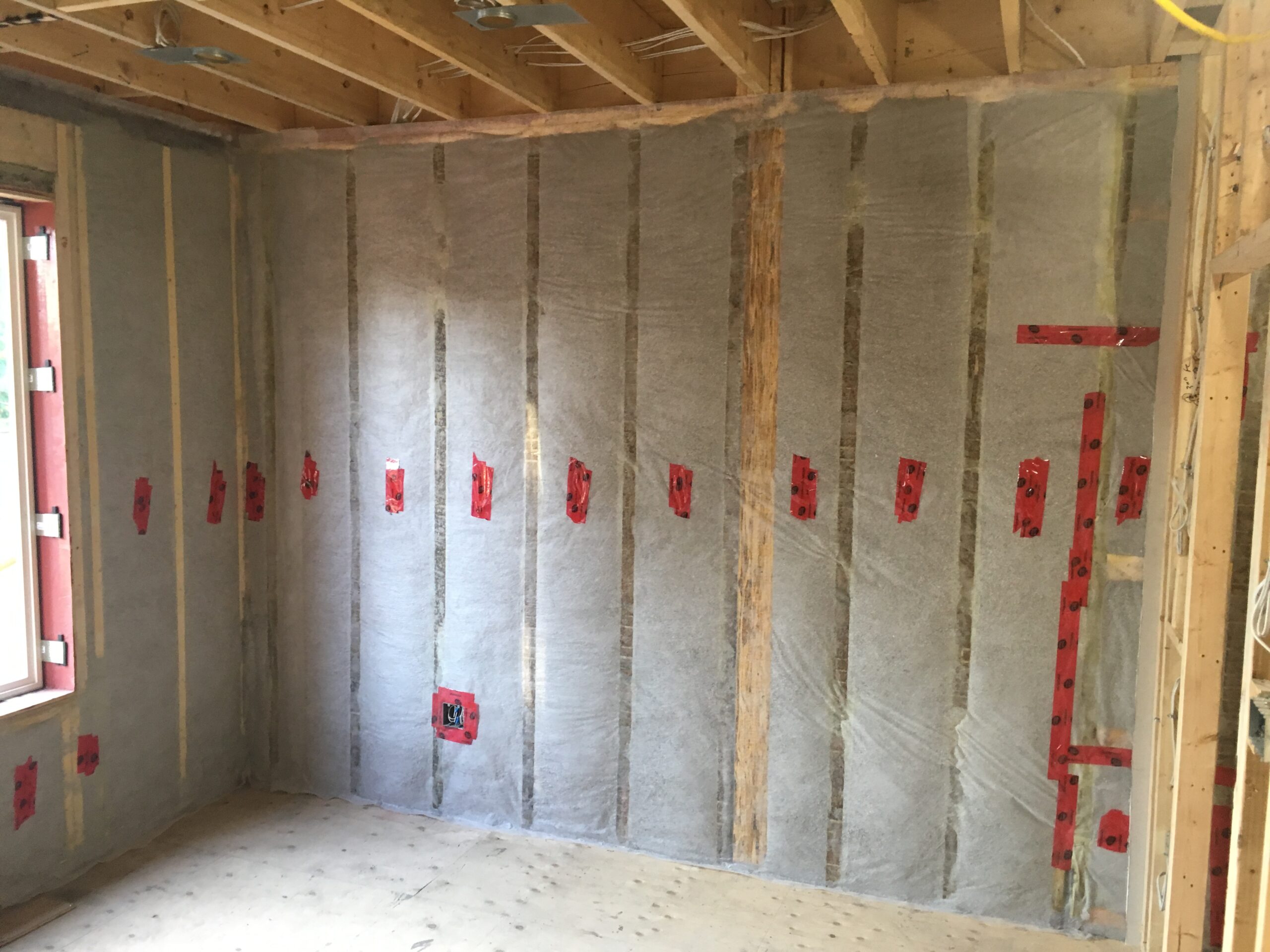Thinking of a green home? Think embodied carbon

When you think of a green building, what first comes to mind?
Most people envision solar panels. Some think of energy efficiency. Rarely if ever do they consider building materials and their “embodied carbon.”
Embodied carbon is defined as the total greenhouse gas emissions from harvesting, transporting and manufacturing building materials, and it’s a big hairy deal. It contributes 10 percent of global energy-related emissions, according to the Global Alliance for Buildings and Construction. It’s not unheard of for a building to account for 500 kg of emissions per square meter even before the occupants move in.
Some examples of high embodied carbon materials are spray foam insulation, steel, concrete and vinyl. Low embodied carbon examples are plant-based such as cellulose, wood fibre, straw, cork and bamboo.
Until recently embodied carbon was rarely factored into “greening” building initiatives, where priority lay in improving energy performance. Indeed, spray foam is still the de facto insulator, despite its very high embodied carbon.
Greening Homes has always prioritized lower embodied carbon products, which are also less toxic, than the industry standard. I founded Greening Homes 15 years ago after being inspired by the Sustainable Design and Building programme at Fleming College and the teachings of instructor, Chris Magwood.
Magwood has become a Canadian leader in our understanding of embodied carbon. He is an author and a founder of the Endeavour Centre, an innovative sustainable building school based in Peterborough. He is also the Director of Research at Builders for Climate Action where he helped develop the BEAM Estimator.
BEAM is an easy-to-use online evaluator of the embodied carbon associated with each building material. It’s designed to help homeowners and contractors make informed choices during a home renovation and other construction projects.
Here’s where it gets really interesting. Magwood argues that plant-based building materials are a natural form of carbon capture and storage.
Plants capture carbon from the atmosphere where it becomes a significant part of their mass. They effectively store carbon in themselves and in the soil. When plants die, the carbon is released back into the atmosphere. However, when we harvest plants for building materials, the carbon is removed from the carbon cycle. According to Magwood, “the carbon stored in the material can be higher than the emissions created to harvest and produce the material.”
This sequestered carbon remains in a building for decades and (hopefully) recycled if the building or parts of it are dismantled.
The federal government is taking notice. In it’s A Healthy Environment and a Healthy Economy plan, released in 2020, the government promises “to develop a robust, low-emissions building materials supply chain to ensure Canadian, locally-sourced products are available, including low-carbon cement, energy efficient windows and insulation.”
More of my clients have expressed interest in doing their bit to reduce their home’s carbon emissions. A home renovation is the perfect opportunity to do just that. When you’re thinking of renovating your home, think of energy performance, yes, but please, think of embodied carbon too.
Chris Phillips, Greening Homes’ founder and President, is an expert contributor of Neighbours of High Park Magazine. This article appeared in the December 2022 issue.